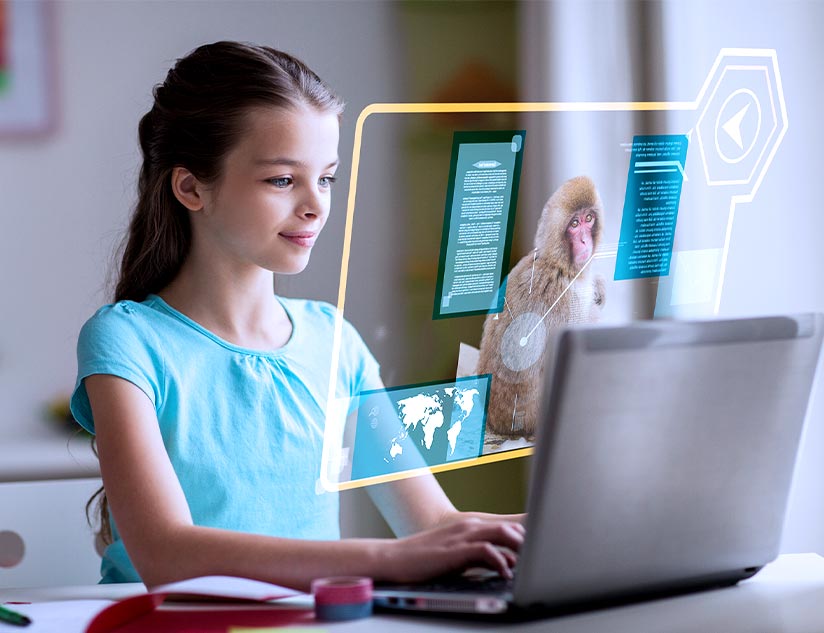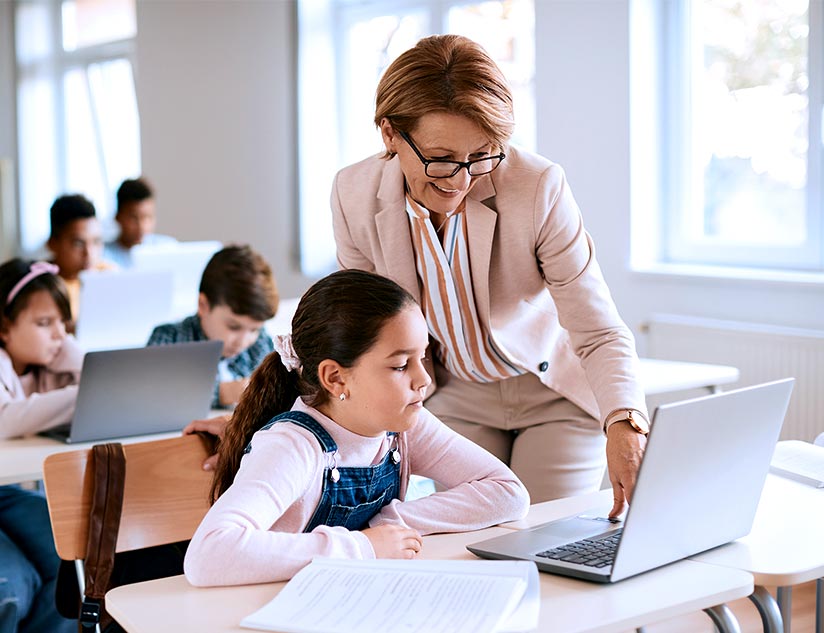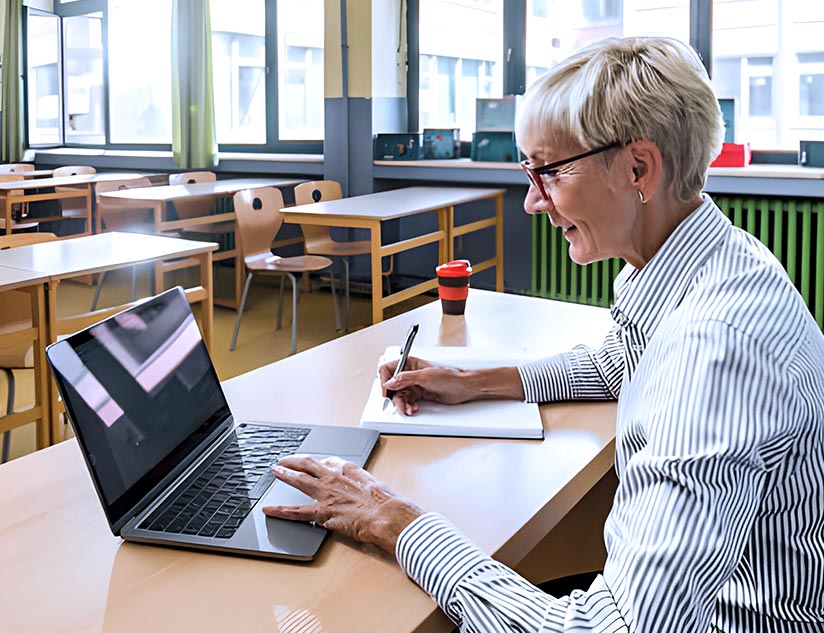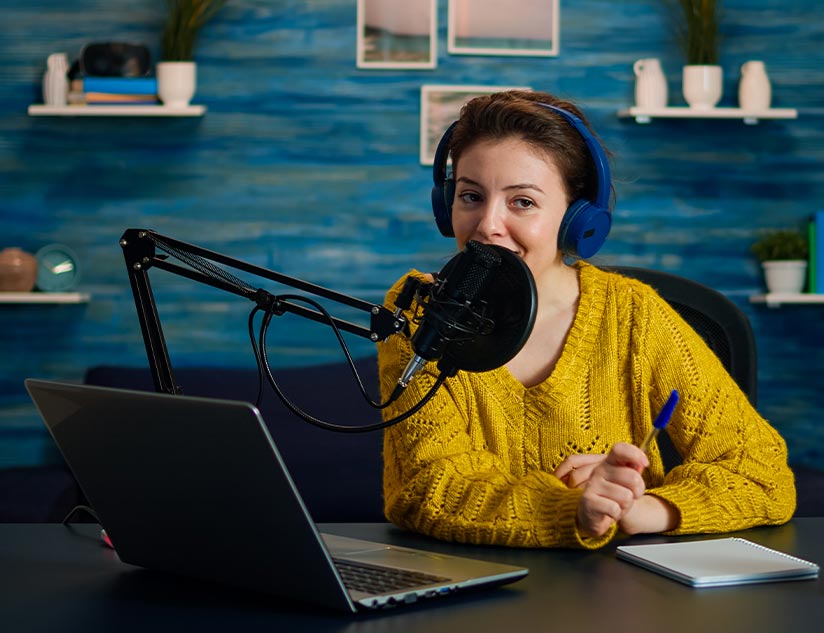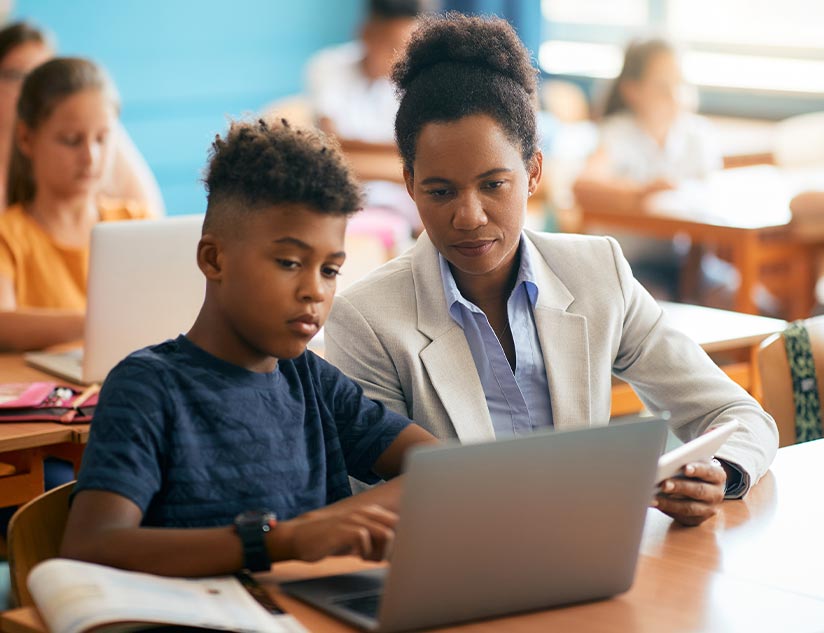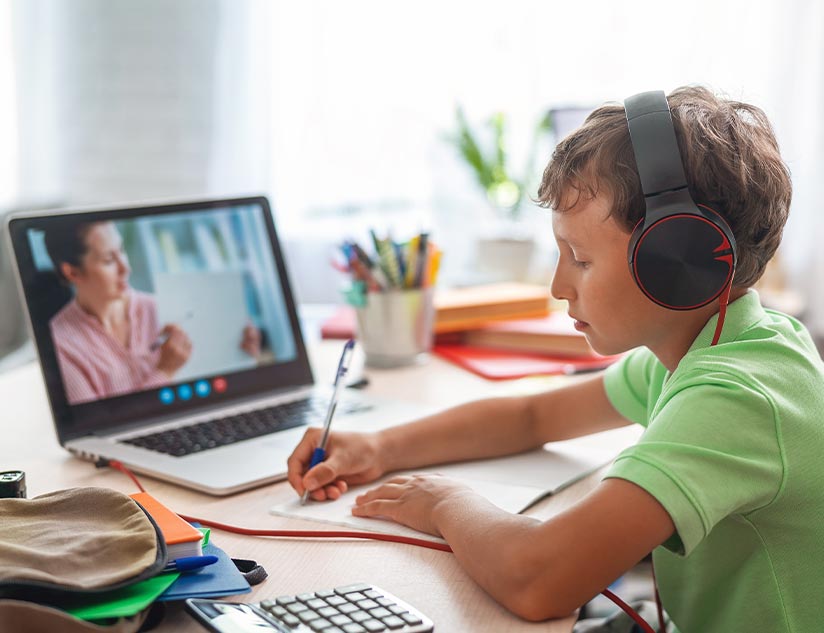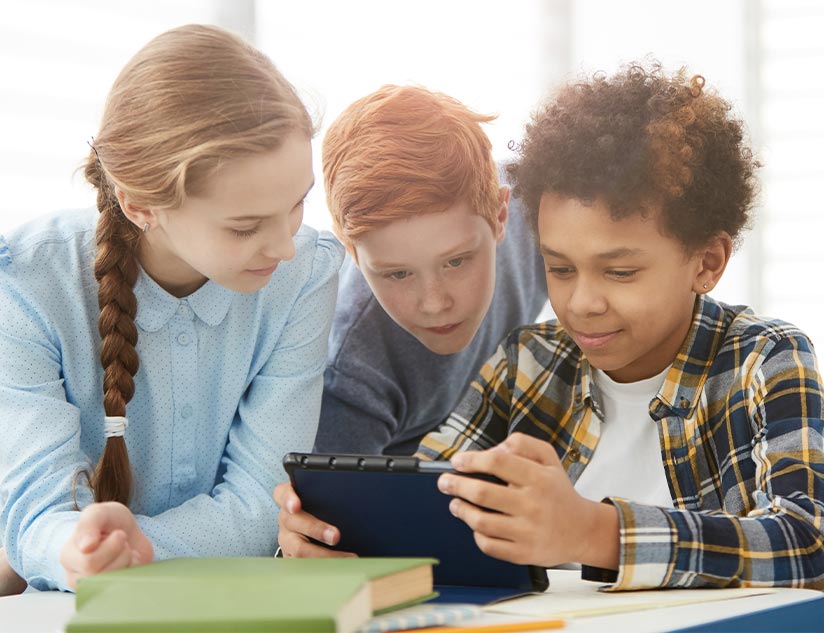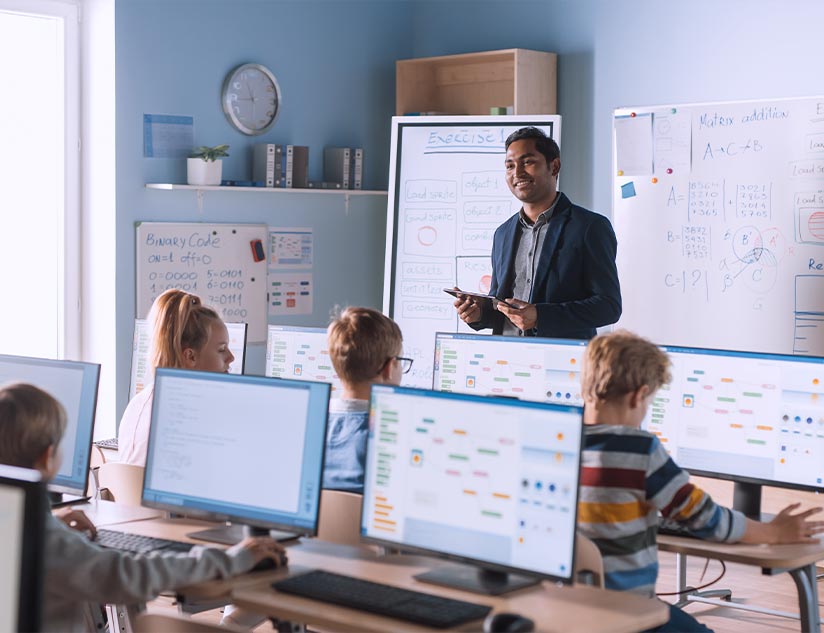3 Reasons Why You Should Use Video for K-12 Education
May 29th, 2020
Did you know the first famous private teacher is believed to have been Confucius, the ancient Chinese philosopher? That would have been quite an experience! But in those times, education was reserved only for the privileged, and methods of learning were limited to oral repetition or rote memory. Fortunately, education and teaching techniques have come a long way since then.
The use of video as an educational tool first began during the Second World War. Since then, the tremendous benefits of using video has secured a crucial place for visual learning material in K-12 education.
The Benefits of Video in Education
Some of the key benefits of using videos as an educational tool are:
1. Increased Student Engagement
Engagement can be divided broadly into 3 categories.
- Behavioral engagement, which measures student participation and attendance.
- Cognitive engagement, which looks for focused effort given by students to what is being taught
- Emotional engagement, which explores the interest level of the students and their feelings about the learning experience.
Studies show that video-based learning has a positive impact on all three types of student engagement. It has also been found that students prefer video-based learning over text, mainly because they find videos more satisfying, enjoyable to watch, intellectually stimulating, easier to consume, and overall more helpful, especially if the student has reading challenges.
2. Improves Critical Thinking
The use of videos has also been found to develop critical thinking among students. Video allows students to gain access to practical demonstrations. Using these, students can get a first-hand view of experts of their field. Video-based learning gives students real life learning and highlights information that would have been almost impossible to describe effectively using text or oral methods. This has been found to reduce the cognitive load on students to recall information or form mental imagery of a concept.
3. Knowledge Development
Knowledge development was previously thought to be a linear process, in which one idea was built over another. But it was later discovered that the development of knowledge within science is not linear and, in fact, based on weighing of potentially conflicting and partially formed ideas. Video lessons are well-placed to support such an approach, due to their ability to provide visual details and a wider context that enables development of a more holistic understanding of concepts.
How to Maximize Effectiveness of Videos in Learning
It is not just enough to include videos in learning, but to include the right kind of videos to maximize learning outcomes. Here are some of the things to keep in mind for increasing the effectiveness of video-based learning:
1. Keep it Short
To keep students engaged and interested in lessons, it is best to keep the videos short. It has been found that in case of videos that are less than 6 minutes long, the engagement rate is up to 100%. This means that students watch the complete video. In case of videos that are 9 to 12 minutes long, the median engagement rate is around 50%. For those between 12 and 40 minutes, the engagement rate falls to 20%. Therefore, it is best to use videos that are 6 to 9 minutes long.
2. Take Advantage of Cognitive Theory of Multimedia Learning
The Cognitive Theory of Multimedia Learning states that there are 2 channels in working memory, one for information acquisition and the other for processing. However, both these channels have limited capacity. The use of these two channels can help facilitate the integration of new information within existing cognitive structures. But it is important that the learning strategy used manages the cognitive load on both channels. Here are some suggestions to make this strategy effective:
- Use on-screen symbols or text to highlight vital information. This could be a change in contrast, color, or a symbol drawing attention to the information. This helps working memory process information.
- Make sure you segment the information into small pieces. This allows learners to deal with data in a more manageable form. Segmenting can be achieved by making videos of shorter duration or with the inclusion of “click forward” pauses in a video, such as those present on YouTube.
- Another way of maximizing effectiveness is with the help of weeding. Weeding means removal of content that is not vital for the learning objective. This could be background music, some animation or background, which might be drawing the attention of the user.
3. Personalize the Video
The student should feel that the video is meant just for them and is not some generic content. For this, it is a good idea to make the videos conversational, rather than formal. This helps students in creating a sense of partnership with the video narrator, which translates to greater engagement.
Choose MagicBox™
MagicBox™ provides educators and publishers the tools to integrate multimedia content within the educational material, including interactive videos. These videos can be personalized according to the needs of students, leading to better engagement and learning outcomes.
If you are looking for a robust platform that offers rich multimedia features, contact us today.


